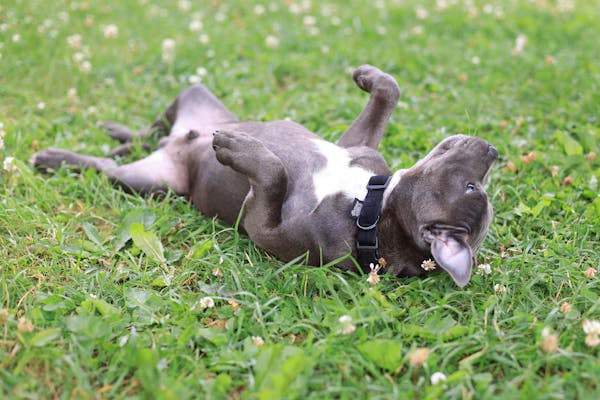Indoor vs. Outdoor Pets:

Indoor vs. Outdoor Pets: Understanding the Differences and Making the Right Choice
When bringing a pet into your home, one of the fundamental decisions you’ll face is whether to keep them primarily indoors, outdoors, or a mix of both. This decision can significantly impact their health, behavior, and overall well-being. Here, we explore the advantages and disadvantages of both options, focusing on common pets like dogs, cats, and smaller animals.
The Case for Indoor Pets
1. Safety and Health:
Keeping pets indoors primarily is widely regarded as safer. Indoor pets are less exposed to risks such as traffic accidents, predators, parasites, and diseases that are more prevalent outside. They are also protected from harsh weather conditions—extreme heat, cold, and storms can be detrimental to pets left outdoors.
2. Closer Bonding:
Indoor pets typically spend more time interacting with their human family members, which can strengthen bonds. This increased interaction can lead to better socialization, easing anxiety and fear around humans and other pets.
3. Controlled Environment:
Living indoors allows you to control the environment in terms of cleanliness, temperature, and exposure to hazards. This control can lead to a healthier lifestyle and prevent accidents, like ingestion of toxic plants or other dangerous materials found outside.
4. Behavioral Monitoring:
It’s easier to monitor and manage behavioral issues when pets are kept indoors. You can quickly address behaviors such as excessive barking, scratching, or marking, and use consistent training to manage these issues effectively.
5. Longevity:
Studies suggest that pets kept indoors often have longer life spans. This is due to reduced exposure to external threats and the closer attention paid to their health and dietary needs.
Disadvantages of Indoor Living:
- Reduced Exercise: Pets kept indoors may face limitations on their physical activity, which can lead to obesity and related health issues unless owners make a concerted effort to engage them in exercise.
- Boredom and Destructive Behavior: Without proper stimulation, indoor pets can become bored, leading to destructive behavior or depression.
The Case for Outdoor Pets
1. Natural Lifestyle:
For some pets, particularly those with high energy levels or larger breeds of dogs, living outdoors can provide a more natural and fulfilling life. They have more space to run, explore, and play, which can contribute to better physical health.
2. Behavioral Freedom:
Outdoor pets can often behave more naturally. Dogs, for example, can bark without constant reprimand, and cats can indulge their hunting instincts.
3. Independence and Stimulation:
Pets living outdoors can enjoy a more stimulating environment, encountering different scents, sights, and sounds. This variety can contribute to better mental health and keep them more engaged with their surroundings.
4. Easier Maintenance:
For some owners, keeping pets outdoors may seem easier in terms of cleanliness. Issues like shedding fur, dirt, and accidental messes are less bothersome when they occur outside the living spaces.
Disadvantages of Outdoor Living:
- Health Risks: Exposure to parasites, diseases, and potential toxins can increase health risks for outdoor pets.
- Safety Concerns: Traffic, predators, and cruel individuals pose significant risks to pets left outside.
- Weather Conditions: Extreme temperatures and inclement weather can be harmful.
- Less Supervision: Outdoor pets may not receive as much supervision, leading to unnoticed health issues or behavioral problems.
Hybrid Approach: Best of Both Worlds?
Many pet owners find a balance by adopting a hybrid approach. Dogs can be housed in secure backyards during the day to enjoy the outdoors but brought inside at night for safety and bonding. Cats can be given outdoor time in a secured area or supervised to ensure they don’t wander too far.
Implementing a Hybrid Solution:
- Secure Outdoor Spaces: Ensure that all outdoor environments are safe and secure to prevent escapes or intrusions by other animals.
- Regular Supervision: Even if pets have access to outdoor spaces, regular checks and interactions are crucial.
- Weather-Appropriate Shelter: Provide adequate shelter for outdoor stays, considering weather-proofing, insulation, and comfort.
Special Considerations for Small Pets
For smaller pets like rabbits, guinea pigs, and birds, indoor living is generally recommended to protect them from predators and extreme temperatures. However, supervised outdoor time in a secure enclosure can provide enrichment and natural sunlight, which is beneficial for their health.
Conclusion
Choosing between keeping a pet indoors or outdoors is a decision that should be tailored to the specific needs of the pet, the living situation of the owner, and the local environment. Each option has its pros and cons, and what works for one pet might not be ideal for another.
For pets like dogs and cats, a hybrid approach often works well, giving them the benefits of both indoor comfort and outdoor
freedom under supervision. For smaller pets, indoor living with controlled outdoor experiences can offer safety and stimulation.
Ultimately, the goal is to provide a safe, healthy, and enriching environment for your pet, whether they spend most of their time inside, outside, or a bit of both. This balanced approach can help ensure that pets lead happy, healthy lives as cherished members of the family.